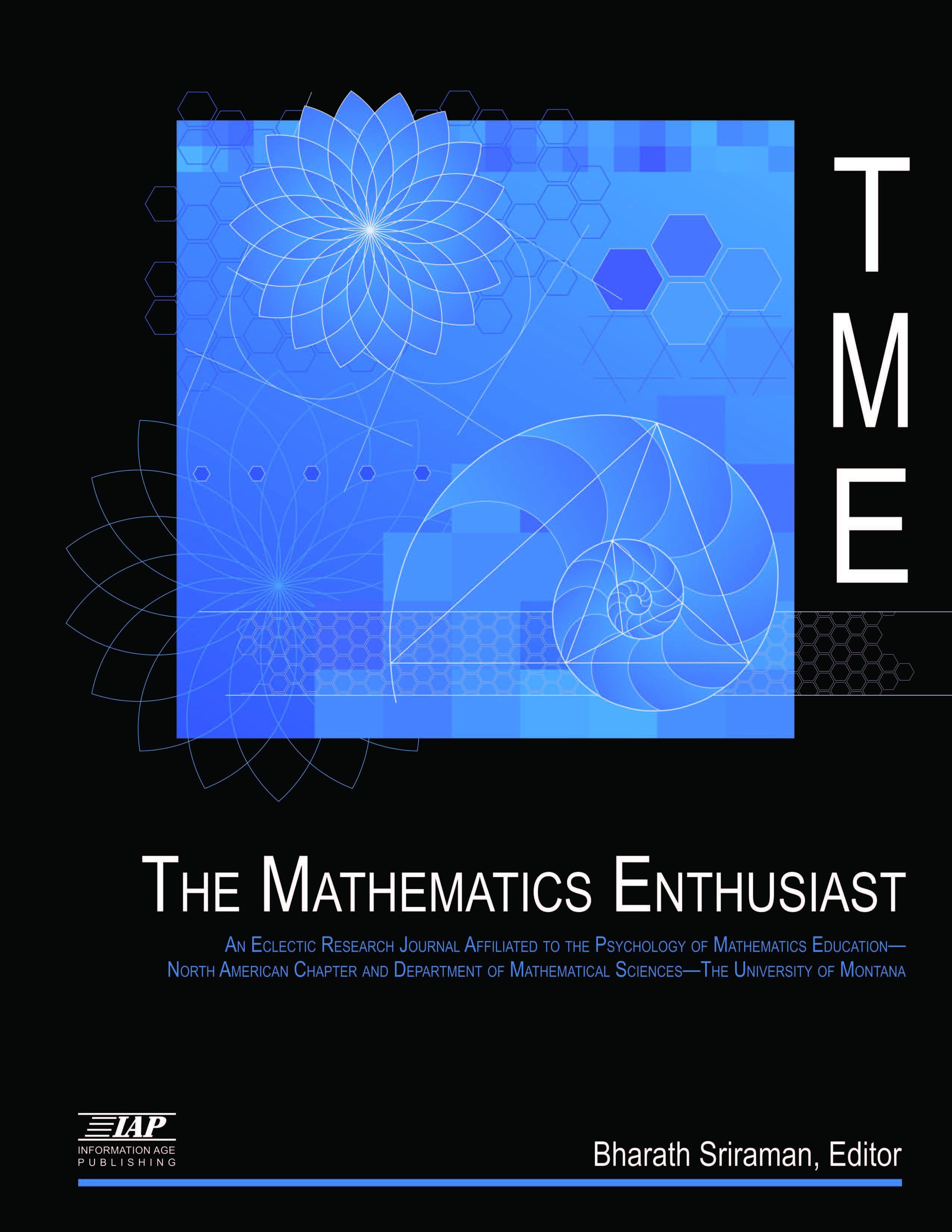
Volume
12
Issue
1-3
Abstract
In this article we describe potential contributions of a Models and Modeling Perspective to research focused on learners’ developing conceptions about uncertainty and variation. In particular, we show how a particular class of realistic problem-solving tasks can illuminate how learners develop models to identify, describe, and predict emergent patterns of regularity in the behavior of various types of systems and in the data these systems generate. We begin by situating current design work in this area within a larger project to investigate idea development in the domain of data modeling over extended (course-length) periods. We give design principles and examples for key components in our research framework, and we provide illustrative examples of these components and their interactions around the themes of distance and measurement that arise centrally in our materials. Next, we show how our approach can support advances in research on risk perception and on the development of ideas around risk assessment and management. Specifically, we identify three key facets of our approach and materials that make them good candidates for contributing to risk-oriented design research in education. Within each of these facets, we suggest research questions that could be addressed, and we provide examples and conjectures based on prior and ongoing work. In particular, we return to the ideas of distance explored in our examples and show connections with important questions in research on learners’ perception and reasoning about risk.
First Page
184
Last Page
202
Recommended Citation
Brady, Corey and Lesh, Richard
(2015)
"A Models and Modeling Approach to Risk and Uncertainty,"
The Mathematics Enthusiast: Vol. 12
:
No.
1
, Article 18.
DOI: https://doi.org/10.54870/1551-3440.1343
Available at:
https://scholarworks.umt.edu/tme/vol12/iss1/18
Digital Object Identifier (DOI)
10.54870/1551-3440.1343
